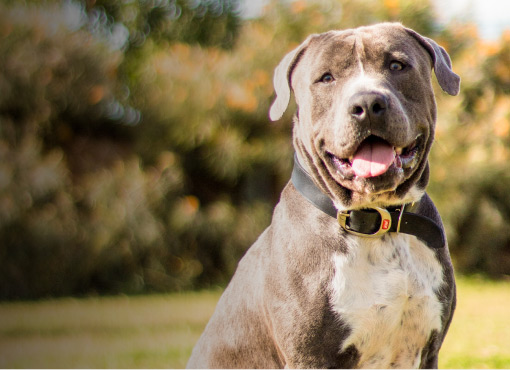RSPCA Qld has been investigating proposed land clearing at University of Queensland St Lucia campus. While it would seem that relevant permits are in place and the clearing is being conducted lawfully, RSPCA Qld is disappointed that the clearing has taken place in the spring, during the breeding season, when many young animals and birds are particularly vulnerable. It comes under a week after our joint report released with WWF-Australia identifying tree clearing as an animal welfare crisis in Queensland.
UQ has adopted best practice in their use of spotter catchers and the methodology employed in the clearing of the trees, however the harm to native wildlife could have been reduced considerably by delaying clearing until the mid-summer months at the end of breeding season.
“Obviously there is a community expectation that UQ should lead the way with responsible land management,” said RSPCA Qld spokesperson Michael Beatty. “This is a place where our young people are learning to care for the environment and are encouraged to adopt new thinking to change the world for the better. While UQ may be meeting all their legal obligations it is debatable whether they are meeting their moral obligations.”
This is an example of land clearing that is happening right under our noses and using ‘best practice’ methodologies. Looking at the broader picture we must be concerned about all land clearing and the consequences, particularly land clearing where best practice techniques are not employed and where it takes place out of the sight and minds of the public. Sadly this very common.”
RSPCA would like to see the laws for land clearing changed so that animal welfare is always a priority and always addressed with a focus on best practice.
“Just to hit you were some figures,” continued Mr Beatty. “4 years ago our wildlife hospital was dealing with around 8,500 animals and birds per year. Last year the figure was 22,860. Frankly, that’s terrifying.”




